Notes
World Press Photo: As Much About News as About the Human Condition?
World Press Photo of the Year 2014 continues a tendency of choosing winners that are less about news and more about aesthetically exploring what it means to be a human.
Two years ago, an overwhelming majority in the Russian parliament adopted a law banning homosexual propaganda. Anyone – individuals or organizations – who breaks the law by organizing events about homosexuality risk not only imposition of a fine but also imprisonment. In Russia, you cannot even communicate LGBT-subjects to minors. That would be illegal propaganda. We can write about the social preconditions for this law, we can tell about the consequences, and we can talk about what it means to be a homosexual in Russia. However, words cannot give us quite the same sense of the issue – of what it is like to be a homosexual or a homophobic in Russia – that photographs can.
This is evident from the winner of World Press Photo of the Year 2014 above. This picture, “Jon and Alex”, taken by the Danish photographer Mads Nissen, shows two young Russian homosexuals at Alex’ home in Saint Petersburg. They have been making love. Nissen has caught a tender, intimate moment of affection and desire. The picture has a rare quality of being out of time and space. It gives us no sign of where or when it is taken. There are no visible clothes, no phones, no furnishing – nothing but the young naked bodies in front of the heavy drapes in the background. The colours are dark; the bottom completely black, the background obscure and golden brown. there is only darkness except for the light on the faces and upper bodies of the two men.
The spiritual sense of eternity and indeterminacy is supported by the man lying down. We know that he is alive, but he looks almost dead or in solemn ecstasy. The picture draws upon a dominant motif in the history of sculpture and painting: Christ lying in the arms of Maria in Michelangelo’s Pietá (1498-99) or Caravaggio’s Saint Francis of Assisi in Ecstasy (1595).
Even though Nissen’s picture is about love and affection – at least on the surface of it – the feelings and the pain depicted in such historic representations, offer a way of understanding the pain that surrounds a sheltered moment of love in Saint Petersburg. This understanding gains further emotional power when seen in context with Nissen’s other photographs in his series “Homophobia in Russia”, which document the harassment and violence towards gays in Russia. The pain seemingly absent in “Alex and Jon” is lurking underneath.
Like many of Caravaggio’s baroque paintings, Nissen’s photograph of “Jon and Alex” is a creation of darkness made significant by a few areas of light, in which we can project our own sentiments and ideas. Interestingly, even though the colours are brighter, we see Caravaggio represented in a similar way in director Derek Jarman’s fictionalised re-telling of the painter’s life; in this film still showing Caravaggio lying ill in his bed.
In many ways, Nissen’s picture also has the quality of a film still tableau. The photograph is not a news shot, it is not a picture of an important event, it is not even a picture of a public event.
Through the history of the winners of World Press Photo, the most common trait has been depiction of war and violence, suffering and conflict. Generally the pictures are from areas outside Western Europe and the USA. Historically, most have been news photos shot in Africa, Southeast Asia and Latin America. Recently, more winners have been pictures from the Middle East. (I elaborate in the paper: Formulas of Prize-Winning Press Photos.)
The picture of “Jon and Alex” seems to be from nowhere – or everywhere. It is a private moment, not a public event. It is tender and loving, not violent and painful. If it’s different from the traditional winners over the years that way, however, it seems to also be part of an emerging trend among the winning photographs of recent years: a cinematic aesthetics that combines artistic compositions with invitation to storytelling.
Compare, for instance to the 2007-winner by Tim Hetherington showing a US soldier sinking onto an embankment in a bunker in Afghanistan. As in Nissens’ picture the colours and lines are not bright, crisp or clear, but rather dark, indistinct and almost blurred. Here as well the brightest point is the face of a human being.
Even though Hetherington’s picture reports on a very public event, a war, it nevertheless seems to present a private moment of an individual.
The same retreat to an intimate privacy can been seen in Samuel Aranda’s World Press Photo of the Year 2011 (submitted to the “People in the news” category). This winning picture shows a mother, Fatima al-Qaws, cradling her son Zayed (18), who is suffering from the effects of tear gas after participating in a street demonstration in Sanaa, Yemen. The photograph does not show the violent public actions we normally see in news shots; instead it presents us with the repercussions of such events for the private, personal life of individuals. It shows us the love between two people.
The picture is not as dark as Nissens’ photo, but it shares the aesthetics of the earthtone colours and the feature-like quality.
We see a parallel story-telling tendency in the Photo of the Year 2013 by John Stanmeyer. This picture depicts African migrants on the shore of Djibouti City at night raise their phones in an attempt to catch an inexpensive signal from neighbouring Somalia.
Like many of the recent winners, this could have been a film still, and like Nissen’s picture, Stanmeyer’s photo was entered for the “Contemporary Issues” category, not for the “Spot News” competition. More than reporting news, these images deal with a general issue: offering a visual interpretation of a human condition.
One can’t help speculate whether this apparent tendency to a move from spot news photos to more feature-like images might be connected to the fact that cell phones and modern photo equipment makes everyone a news photographer these days. We can all capture a moment with a camera – even in crisp, clear focus. However, exploring a subject visually, telling a story photographically, interpreting a human condition through images, is more difficult. Not many of us have the ability consciously, or even instinctively, to create photographs that allude to the masterpieces of painting, carrying on and extending their exploration of what it means to be a human being. Fortunately, we still have professional photographers with this ability.
— Jens E. Kjeldsen
(photo 1: Mads Nissen caption: Jon, 21, and Alex, 25, a gay couple, during an intimate moment. Life for lesbian, gay, bisexual or transgender (LGBT) people is becoming increasingly difficult in Russia. Sexual minorities face legal and social discrimination, harassment, and even violent hate-crime attacks from conservative religious and nationalistic groups, 2014. photo 2: Tim Hetherington caption: A soldier of Second Platoon, Battle Company of the Second Battalion of the US 503rd Infantry Regiment sinks onto an embankment in the Restrepo bunker at the end of the day. The Korengal Valley was the epicenter of the US fight against militant Islam in Afghanistan and the scene of some of the deadliest combat in the region, 2007. photo 3: Samuel Arranda caption: Fatima al-Qaws cradles her son Zayed (18), who is suffering from the effects of tear gas after participating in a street demonstration, in Sanaa, Yemen, 2010. photo 4: John Stanmeyer caption: African migrants on the shore of Djibouti City at night raise their phones in an attempt to catch an inexpensive signal from neighboring Somalia—a tenuous link to relatives abroad, 2013.
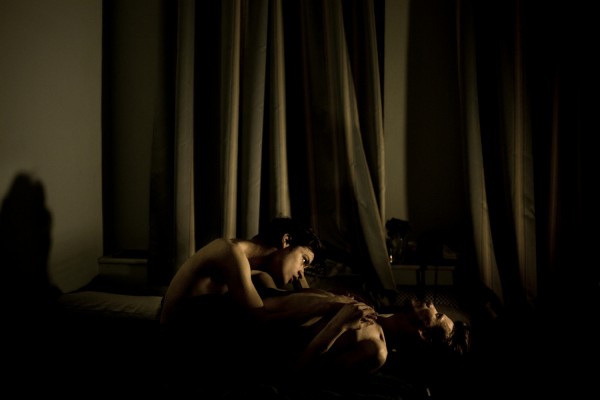
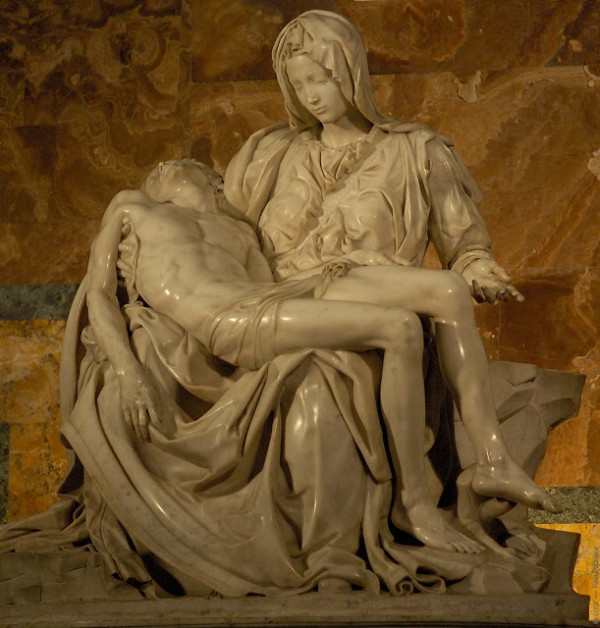
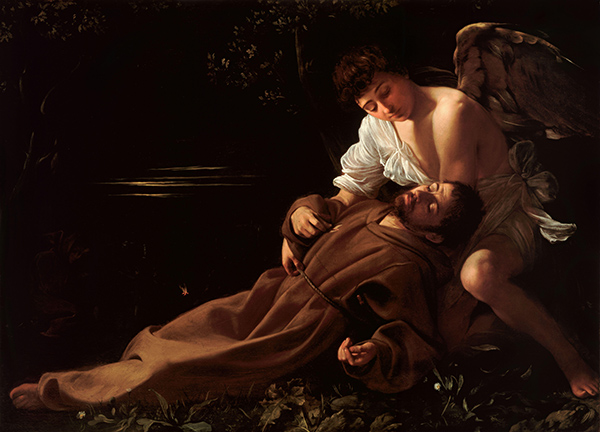
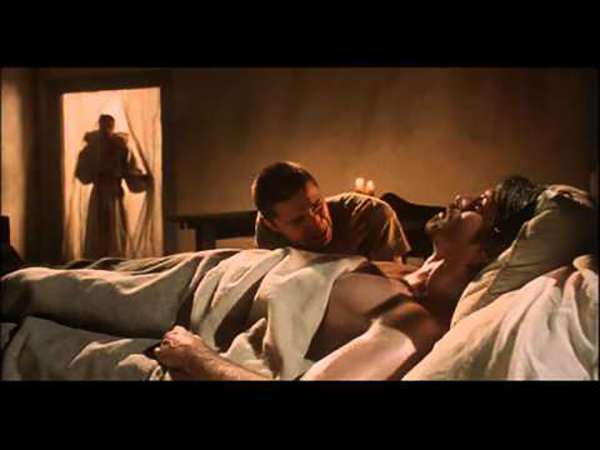
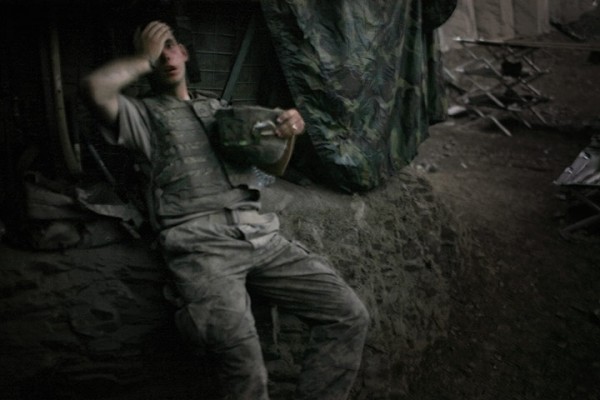
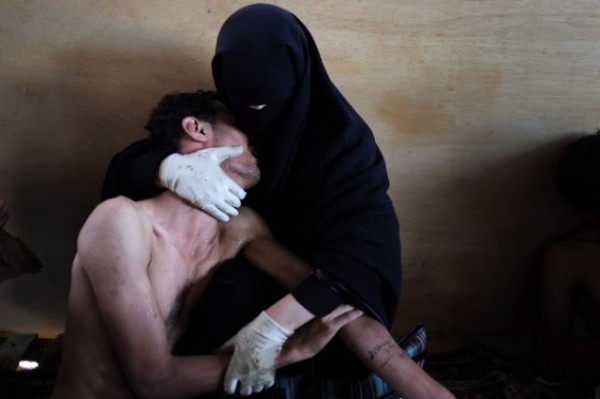
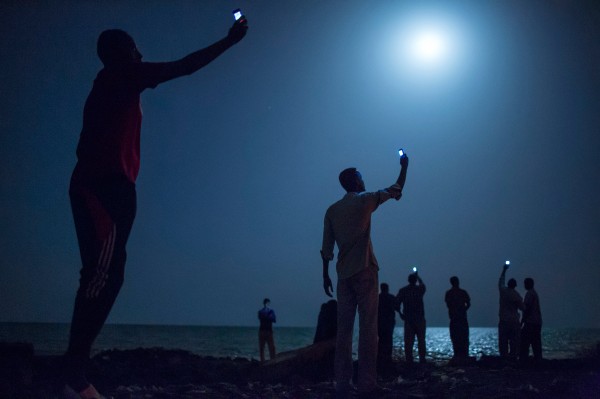
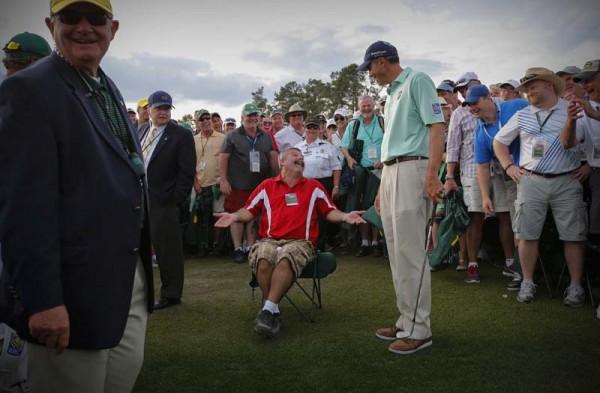
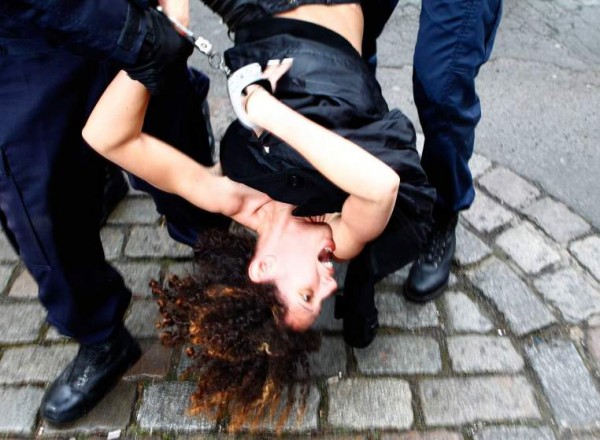
Reactions
Comments Powered by Disqus